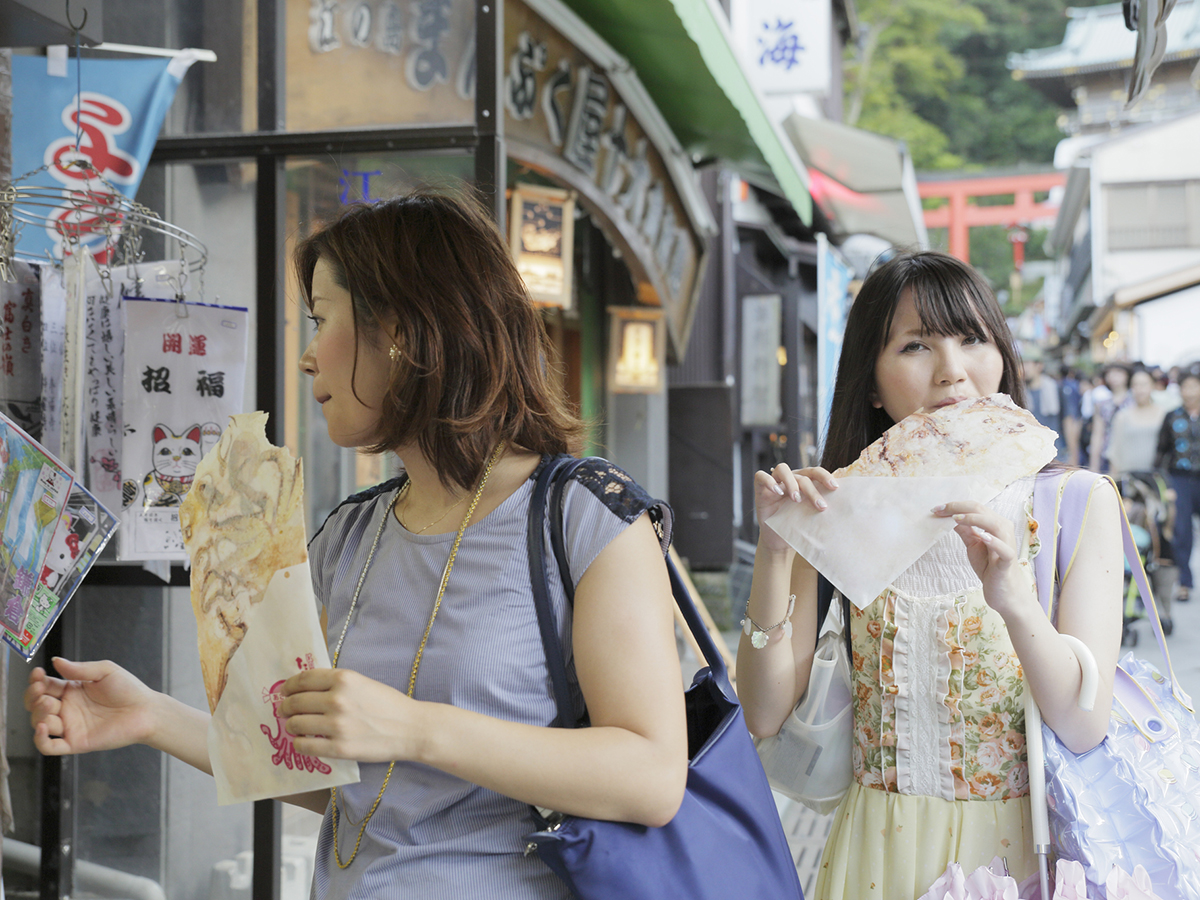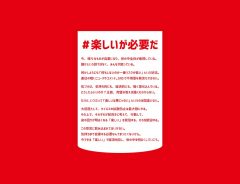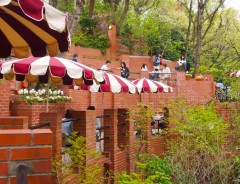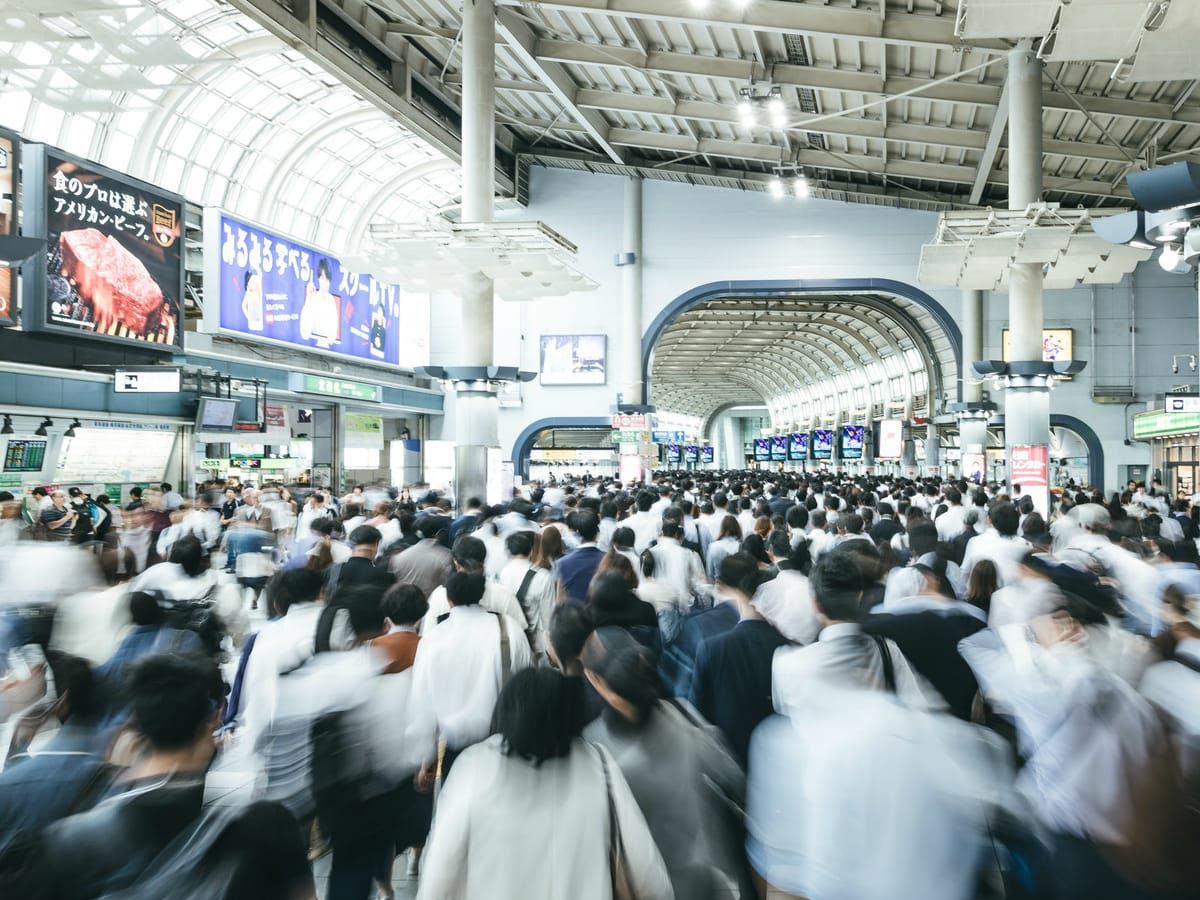
Source: KAORU | © PIXTA (image used for illustrative purposes)
Kamakura Passes Ordinance Against Eating On The Go: Ill-Mannered Tourists To Blame
- Source:
- © Kyodo News
- Tags:
- eating on the go / Kamakura / Kamakura City / Komachi Street / law / Manners / ordinance / self-restraint / tabe-aruki
Related Article
-

Wedding etiquette in Japan: Things you should know when attending a Japanese wedding
-

Japanese Hotel Apologizes For One Minute Internet Stoppage At 4:00 AM
-

Mysterious “Superhero” Leads Way As Japanese Fans Clean Up Trash At Women’s World Cup
-

Fun is not canceled: a message of solidarity from Japanese artists and event organizers
-

The Floating City Of Laputa Really Exists — As A Cafe In Kamakura
-

Third of Service Industry Workers Banned from Wearing Masks Despite Coronavirus Outbreaks


Kamakura: a famous tourist destination
Famous for its dozens of Shinto shrines and Buddhist temples, including Kotoku-in with its Great Buddha statue, as well as its cozy cafes and charming shopping district, the seaside resort town of Kamakura, in Kanagawa Prefecture, is one of the most popular day-trip destinations for tourists in the Tokyo area, with over 20 million tourists visiting every year.
Σ64 [CC BY-SA 3.0], via Wikimedia Commons
Tabe-aruki: Eating on the go in Komachi Street
After a busy day of exploring all the historical sights of Kamakura, many visitors end up in Komachi Street, the most popular and crowded shopping street in central Kamakura, filled with souvenir shops, restaurants, and all manner of stalls and shops selling delicious treats.
On any given day, Komachi street is filled with tourists walking along as they enjoy sweets such as crepes and ice cream, traditional Japanese sweets and crackers, dumplings coated in syrup or sweet fritters, and savory items like croquettes, skewered treats featuring local seafood, and more. Some tour guides and tourism sites mention Komachi Street as a recommended place for enjoying tabe-aruki 食べ歩き (literally "eating while walking").
KAORU | © PIXTA
New ordinance aims to improve manners
While many tourists consider eating on the go to be one of the enjoyable charms of Komachi Street, it would seem that the practice is not appreciated by all the residents of Kamakura.
According to a Kyodo News report on March 22nd (updated March 23rd), Kamakura City had been receiving a growing number of complaints from residents about "getting their clothes stained with ice cream or dumpling syrup when brushing past tourists." Therefore, on March 22nd, presumably in reaction to this and other complaints it had received, the city council passed an ordinance seeking an improvement of manners which includes "showing self-restraint when it comes to eating-on-the-go in places that are crowded with tourists." The provision is highly unusual for an official ordinance and has few, if any precedents in the 47 prefectures of Japan.
According to the report, the greatest number of complaints came from Komachi Street and the street leading from the Great Buddha in Kotoku-in to Hase Station on the scenic Enoshima Elecric Railway. In addition to clothes getting dirty, there were also numerous complaints about litter in the streets.
The ordinance, intended to encourage an improvement in manners, neither stipulates any fines nor imposes any sales restrictions on shops and stalls.
In addition to eating on the go, the ordinance also covers topics such as unsafe photo shooting (in the middle of the street or on railroad tracks), and cutting off bamboo stalks or other plants as souvenirs.
Public reactions
The reactions to the ordinance on social media were mixed. Here are few of the opinions representing the main views for and against the ordinance:
For
Most of the opinions in support of the ordinance were based on good manners, avoiding the smell of food and other nuisances.
"About that 'ordinance against eating on the go' passed by Kamakura City. It's not limited to tabe-aruki. I just want everyone to consider other people's feelings so that we can all enjoy our lives. There are many cultures and ways of thinking but I hope people will keep it in mind when they're in public spaces, not only in Kamakura."
"They passed an ordinance against eating on the go in Kamakura. Tabe-aruki? I don't do that. It's the difference between those who've been taught good manners and those who haven't. It doesn't bother me in the least. It's just common sense. What if they trip and fall when they're eating something on a skewer and stab themselves with it? Don't they think about such things?"
"Recently on Komachi Street, it's tabe-aruki at all costs... with all those shops popping up. But I can't eat while I'm walking in that crowd. The smell of food is everywhere you go these days, and I don't like it..."
In addition to keeping your clothes free of stains and the streets free of litter, there's another reason to avoid tabe-aruki: All of that food on the go is very tempting to crows and black kites (a bird of prey common in Japan) who have been known to swoop in and steal food from tourists, sometimes injuring their hands with their sharp talons.
"If I tried eating on the go in Kamakura, I'd be attacked by black kites {a bird of prey}, so I could never do it. (I've been attacked before)(They stole my donut)(I wasn't hurt)"
Against (or mixed)
At the same time, there were also negative feelings towards an ordinance which would not only remove one of the purported charms of Komachi Street, but also threaten the livelihood of its shop owners and the tourism revenue of the city.
"[About the] 'ordinance against eating on the go in Kamakura'. I'm going to miss it."
"An ordinance prohibiting eating on the go in Kamakura?! I can understand why they did it but that takes away half of the fun... Also, sales are going to seriously drop. Come on [Kamakura City], put some more thought into the way you're doing it..."
"Although it's a wonderful goal, I'm worried that tourism will decrease!"